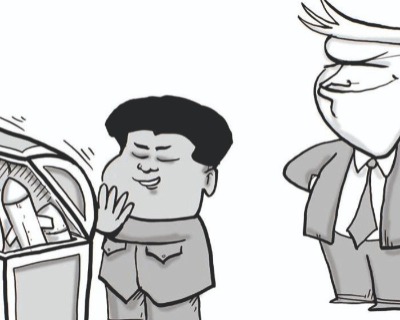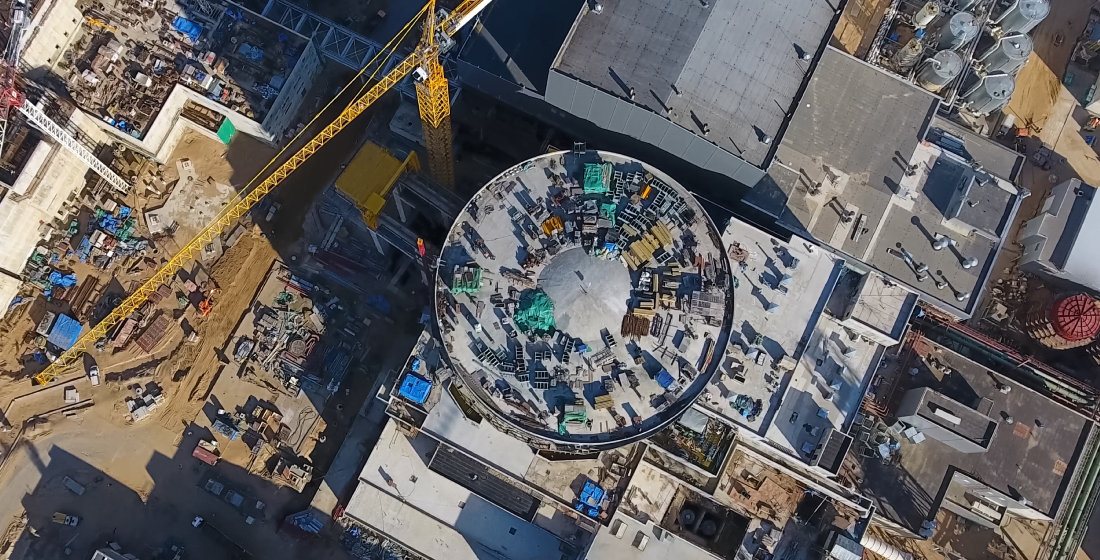Risky business: Arms imports up in surprising places in Asia
TXF and Coriolis Technologies’ country risk index digs into strategic trends in trade weaponization in Asia. Here, Rebecca Harding, CEO of Coriolis Technologies sees Asia in transition, China’s weapons trade increasing and upticks in arms imports in Australia, Japan and Indonesia. This is the fourth in the series of eight insights.

TXF: In this segment we're going to be talking about the risks in Asia of weaponization of trade in the country risk index. Rebecca, can you tell us about the headline data and what's standing out in Asia at the moment?
Rebecca Harding (RH): In Asia what we're seeing is a region that is, in a sense, in some kind of transition. So it's moving into a more global sphere in terms of its influence.
We're seeing increased military presence as a result. We're seeing an escalation in arms trade particularly in the South China Seas. But China has been exporting its arms as well. That's of concern because China historically has not been particularly belligerent. It's not had a relationship with the rest of the world where it's been seen as a huge military power. But what's beginning to happen in China is increasing its arms imports. But most importantly of all across the world, China is also increasing its exports and that's across the region. And that's having a big impact on the extent to which the region is becoming fragile.
That's the first thing we're seeing a big increase in countries like Japan and Indonesia and Australia even are also increasing their arms imports. This is a strategic move against what they see as an escalation of tensions in the South China Seas. Now that information is available anecdotally everywhere. It's obviously in the press. But what we're seeing is actually that is now visible in the arms and dual-use goods trade data that we're seeing.
Most interestingly of all Australia, actually increased statistically significantly it's security related telecommunications over the last six months. So that's having a big impact on the region as a whole you can see that there's a lot of fragility there.
In terms of other risks in the region, we're seeing an increase in terrorism as well. Countries like Indonesia and Malaysia there's some serious threat from terror that's beginning to build up there. We're seeing that statistically. And associated with that we're seeing clampdowns in regimes across the region as well, so a greater politicization of trade.
TXF: Any more on the North Korea elements that we were discussing before. Any trade information coming on that at all?
RH: What's interesting about North Korea is that China and North Korea have hidden a considerable amount of their trade recently. So we're not actually seeing a spike in the same way that we've seen spikes before. In previous indices we've seen this relationship between North Korea and China actually being quite explicit. What's happening at the moment is because there's obviously this sort of fragile truce between North Korea and the US, and because China is also embroiled in this trade dispute with the US we're seeing that a lot of that is fairly muted at the moment so there's not been a statistically significant increase over the last six months. That doesn't mean it's gone away.
TXF: Looking at just the headline China-US [dispute] from the Chinese side what's happening on the data on that now?
RH: The data is telling us that China is doing two things. From the trade perspective it is actually exporting its supply chains.
A lot of those supply chains have gone to the ASEAN region. One of the really interesting things from a dual-use goods and an aerospace and arms perspective is that ASEAN is actually increasing at a very rapid rate annually its trade in dual-use and aerospace with Europe. What that tells you is that Chinese technologies and Chinese influence that has been embodied in its exports to Europe and to the US from China is now being moved to the ASEAN region as a result of the current tensions between the US and China.
TXF: Is there any news related to intra-Asian trade that doesn't include China or is everything China centric?
RH: A lot is China centric. We're seeing an awful lot of this movement of exports of dual-use goods and exports of arms out of China across the region. China dominates the region. But the other interesting thing that we're seeing is countries like Japan have had a major strategic shift in the last two years. They still have a priority around their own security and they don't have an armed forces as such. But they have started ramping up the amount of security equipment and so on. There has been a rhetorical shift and there is tension in the news in Japan as well. We're seeing that in our data coming through.
Australia is another one. Very interesting that it should be taking such a strategic position in relation to China. On one level it's trying to do more in relation to China and on a political level it has to align itself with the US and NATO and so on.
So you're seeing this heightened tension in the region. It's manifesting itself in more dual-use goods trade but it's also manifesting itself in the indicators that we have around trade, this rhetorical weaponization that we're seeing as well. The region is very tense at the moment in a lot of that has to do with the global relations that it has always assumed it would have with US. And these are breaking down.
TXF: And one last thing is looking at the Belt and Road Initiative [BRI]. Are we seeing much connected with that particular initiative outbound from China in the region in the Asia region specifically?
RH: Yes we are seeing a considerable increase in trade between the regions. It's obviously having an effect as well on countries like Kazakhstan outside of the region or in the Eurasia part of the region. What's interesting is that we're seeing increased trade with countries like Indonesia, Malaysia [and] the Philippines has pivoted towards China because it's very keen on the [BRI] funding that might be coming through. The Philippines actually has taken a fairly ambiguous approach towards what's happening in terms of trade tensions between the US and China. It's a little bit Janus-faced if you like. It needs Chinese money but equally it wants to face the US. So we've seen that as evidence of the broad tensions that are happening as well.





